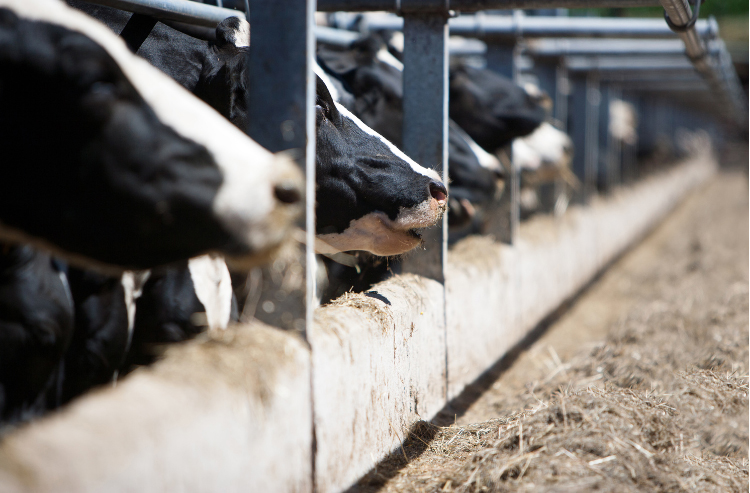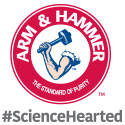Clostridia lurk nearly everywhere on your dairy – in soil, feed, manure, and inside animals’ bodies. In fact, 99 percent of fecal samples collected from dairies across the country contained Clostridia – 83 percent of them with the highly destructive Clostridium perfringens strain.
These unseen bacteria can wreak havoc with animals’ digestive systems. At subclinical levels, Clostridia can reduce milk production and cause variable performance that is difficult to put a finger on. Spores can remain viable in the GI tract and grow-out with disruption in normal nutrient flow and under stress situations. Severe infections can lead to leaky gut or the deadly Hemorrhagic Bowel Syndrome (HBS), which often kills cows suddenly with few warning symptoms.
Although it’s nearly impossible to eliminate Clostridia, management can prevent cows and calves from ingesting the pathogen and build resiliency against their harmful effects.
- Know your risk. The first step in controlling Clostridia is to determine your risk level. The ARM & HAMMER™ lab in Waukesha, Wis., tests fecal, total mixed ration (TMR), and forage samples for total Clostridia and C. perfringens levels, helping to identify needed management adjustments.
- Keep a clean environment. Sanitize and disinfect maternity pens, calf hutches, and equipment used for feeding. Scrape pens frequently to reduce manure buildup.
- Protect feed from contamination. Even if clostridial counts are low in your feed, high producing dairy cows consume tremendous amounts during the day, pushing clostridial loads to potentially harmful levels. Be careful when harvesting forages after heavy rains, as dirt may wash up on the plant and contaminate the harvested forage.
- Deface and feed frequently. To save labor, many dairies deface silage piles only once a day, exposing feed to clostridial growth. Piles that sit too long create an opportunity for yeasts to metabolize and consume the oxygen in the feed. This creates a perfect anerobic environment for Clostridia. The same thing happens when a TMR sits in the feed bunk all day. Defacing piles and feeding more often makes it more difficult for yeast to proliferate.
- Avoid slug feeding. Cows that go off feed due to stress or other factors may consume large amounts of feed at one time, leading to a heavy clostridial load. Also, when pens are overcrowded, less-aggressive cows may slug feed when they have an opportunity to eat.
- Watch bypass starch and metabolizable protein. Reduced starch utilization in the rumen could lead to clostridial growth in the lower gastrointestinal (GI) tract. In addition, some types of Clostridia are scavengers of amino acids. Additional sources of proteins in the lower GI tract can provide building blocks for rapid clostridial growth.
- Protect the gut. Feeding CERTILLUS™ in the ration can build resiliency against both toxigenic and non-toxigenic Clostridia. Bacillus strains found in CERTILLUS help create a barrier in the gut that protects against pathogenic bacteria, like C. perfringens, entering the animal. The positive impact of CERTILLUS includes more consistent feed intake and fewer off-feed events.
For more information on the potential impact of Clostridia on your dairy, view this webinar featuring experts from ARM & HAMMER discussing the prevalence of Clostridia challenges in cattle and how Bacillus can help mitigate them.




